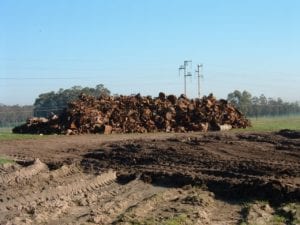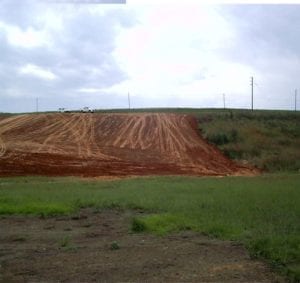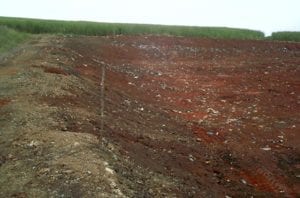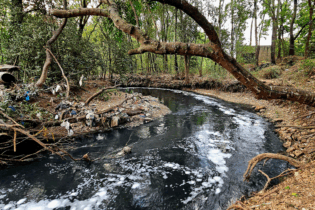Although there is a growing trend in reducing the volume of waste produced – as well as the alternative use of waste as a measure to reduce the need for landfill space – municipal landfills will still be required for years to come.
However, most municipalities are finding it harder to identify suitable land for the development of these landfills. For a start, locations for landfills can only be considered feasible if there is geotechnical stability, and if current and potential future land-use allows; there are also issues of environmental sensitivity, social impact, health and safety, and economic feasibility to consider. The landfill design capacity and lifespan will be determined by the areas serviced, while making allowance for the future growth of these areas. In recent years, there have been increasing reports of issues at landfills, ranging from nuisance issues and environmental impacts, to human health being adversely affected due to landfills being located too close to populated areas. During planning, rigorous processes are undertaken to identify exogenous factors that may influence landfill location and lifespan; however, these are often driven by social factors that are difficult to predict. The result is that the rate at which the social structure changes may not have been considered during landfill planning, and may only become relevant years later. It is, therefore, important to ensure that landfills are designed and operated in a responsible and sustainable manner – with an eye on future population growth trends.Regular monitoring
Aspects that enhance sustainable landfill operation include regular environmental monitoring for leachate and landfill gases and odours in accordance with strict standards, as well as continuously updating stakeholders on the landfill’s performance and plans; it is vital to conduct regular health and safety inspections, and ground stability andintegrity checks. It is also important to ensure that only waste compatible with the landfill classification is accepted for disposal. It is necessary to anticipate the closure and rehabilitation of the landfill during the planning and design phases; a predetermined post-landfill land-use can generally be determined when a landfill is designed, facilitating a closure model suited for the intended post-closure land-use and allowing the facility to be operated with this intended use
in mind. By implementing measures during operations that help achieve final land-use, the rehabilitation efforts necessary at the end of life can be reduced. This limits any potential negative legacies left behind by improperly closed landfills, and achieves the planned post-closure land-use more rapidly. Finally, operational implementation of measures towards closure – combined with the implementation of final closure measures – limits the potential for latent risks and liabilities to arise later. These might require the stabilising of waste to limit future settlement, or the isolation of waste from humans and environmental receptors – including water resources. This needs to take cognisance of reasonable future land-use scenarios, particularly the increased demand on groundwater resources that may have previously been considered of insufficient quality. This often requires the adequate compaction of the waste body and the construction of appropriate barriers over the waste material. Ongoing, regular and appropriate monitoring is then required to detect possible risks or impacts before these become significant.












